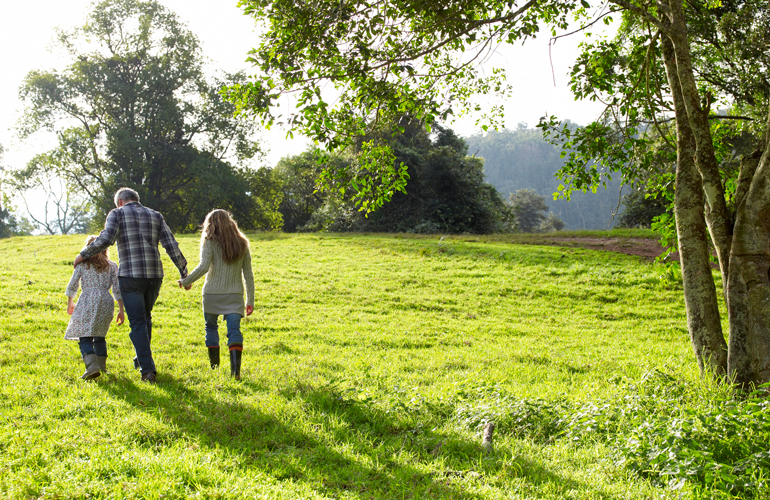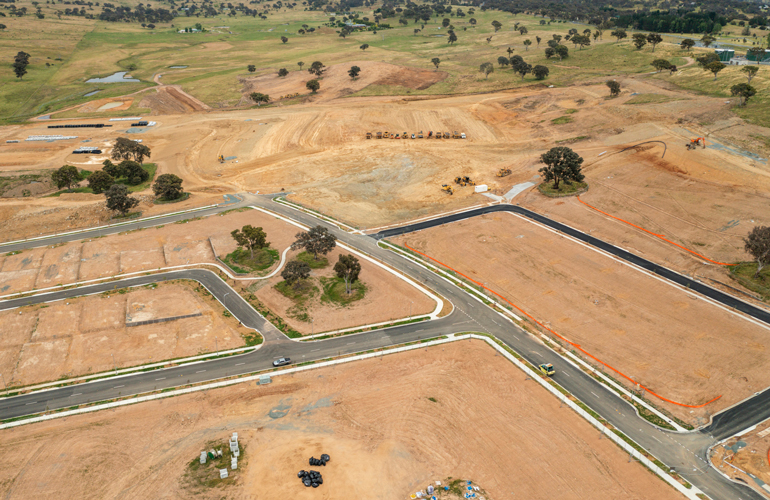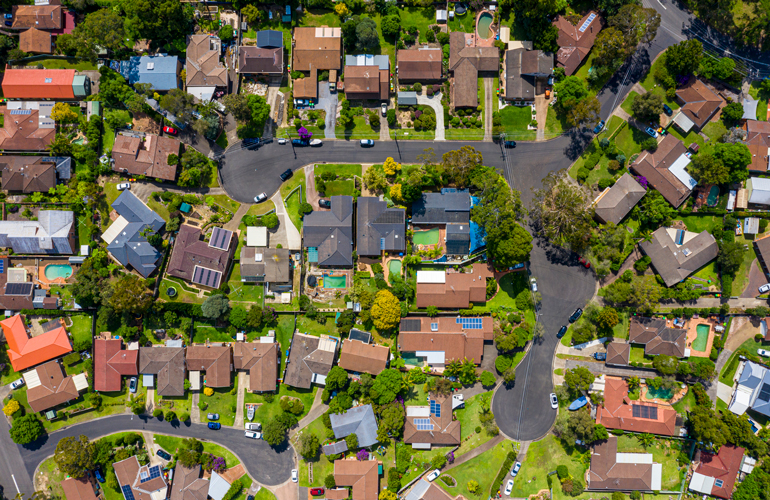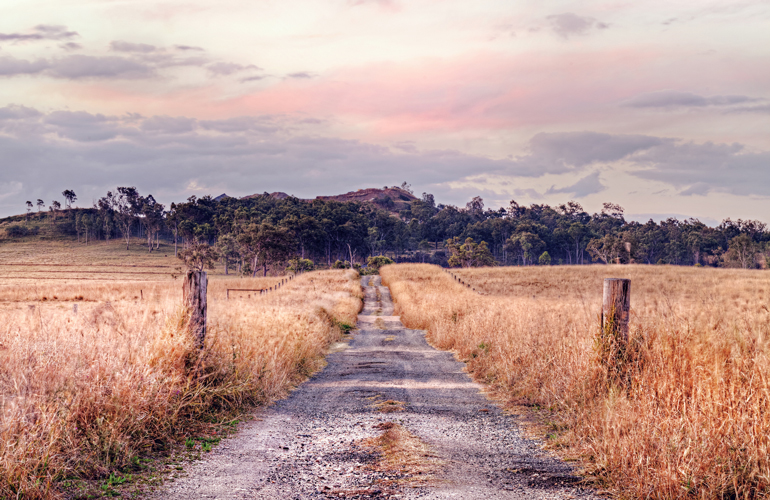The joy of land ownership

There’s nothing quite like the thrill of walking your land, breathing in fresh air and planning for the future. I can tell you from personal experience that building a home or holiday house on a parcel of land you own is one of the most challenging yet gratifying experiences a person can have.
Investing in land is a big step. So before you buy land, careful consideration of the points below will help you make the best possible property purchase, so you can start building your dream home, cabin or cottage with confidence.
Follow these tips for saving money when building a new home.
Lot size

One of the first questions to ask when scouting out properties is how much land do you need. This is largely a matter of personal preference.
Do you want lots of space to take long walks with your dog without being disturbed by other people? More land opens up many possibilities, such as room for outbuildings and greenhouses, hobby farming and having fun with four-wheelers or dirt bikes. The downside: higher upfront costs and property taxes.
Proximity to neighbours

When land shopping for your home or cabin, ask yourself how tolerant you are of annoying people. This may seem unnecessarily negative, but I can tell you from experience that even if your neighbours are saints, there’s no telling who could one day buy the property next door and start giving you grief.
Be prepared for annoyances like loud, untrained dogs; or out-of-control livestock breaking down fences and tromping through your garden.
You may not need to deal with any of these issues. And you might decide you prefer close neighbours for social reasons. That’s fine. Just don’t assume they’ll always stay nice.
Check out these 30 fantastic tiny homes built with recycled materials.








